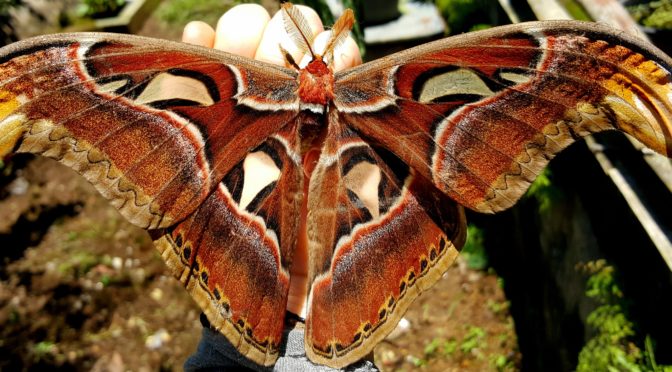The small invertebrates found in Indonesia
Hello, my name is Danielle, I am currently at LFP as it has always been a dream of mine to travel to and work with primates in Indonesia. First of all I want to talk about the invertebrate. The tiny life that I have come across whilst walking through the mountains as well as in our garden. The invertebrates have always been fascinating for me especially for the color. Thanks to this, they can attract companions, remove predators, hide and become part of the scenario.
Invertebrates range from ants to worms to the giant atlas moth to the jellyfish and crabs living in the sea. So far in Indonesia I have seen some many small invertebrates: from spiders to caterpillars, from ants to butterflies. Colorful web-building spiders, caterpillars with long bristles to defend oneself by irritating, green praying mantis and finally colorful moths.
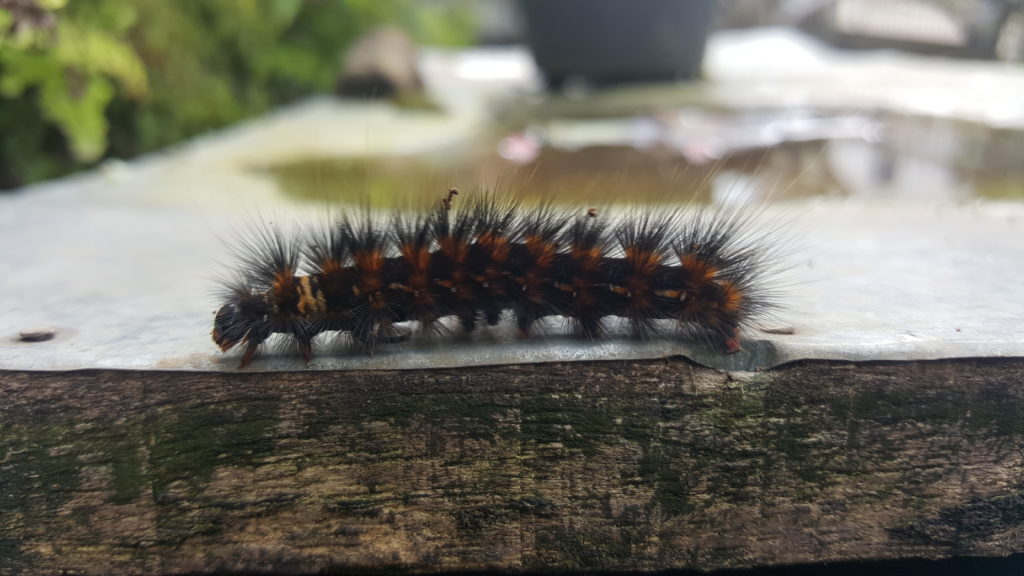
Praying Mantis
In the first place there are Mantids, famous invertebrates for their martial arts, can eat prey three times their weight. They have compound eyes that mean a poor perception of depth but a deep awareness of what surrounds them. Thanks to the ability to rotate their heads of 300 degrees, they constitute a deadly notorious predator.
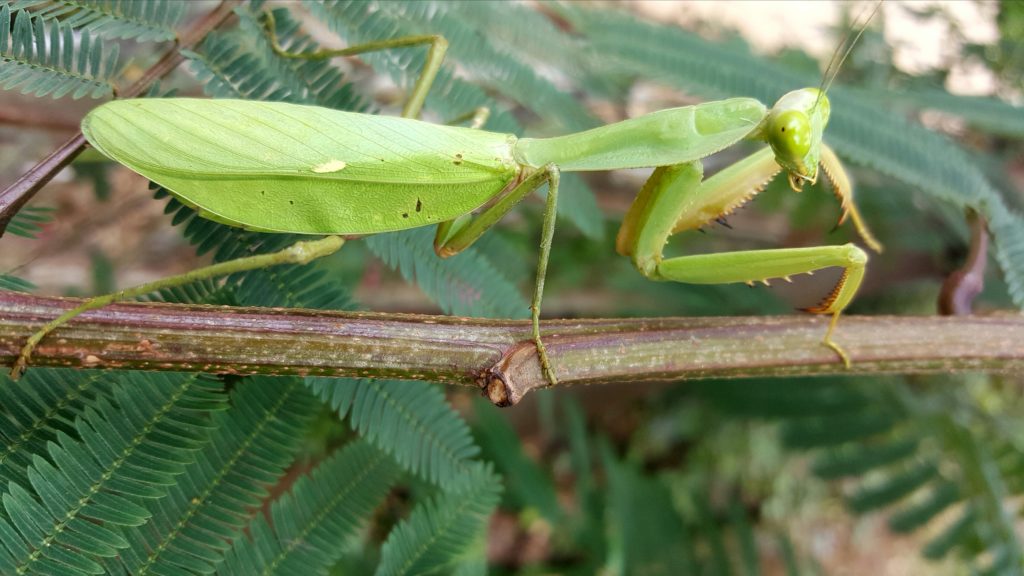
Atlas Moth
The next invertebrate is the Atlas moth that has a much quieter existence and lives only 3 days. Precisely once emerged from their cocoons, without feeding they have only one goal: to ensure the survival of the species. Their wingspans can reach up to 25cm with the females noticeably larger than the males. The moth in the photo is a male and we can tell this due to the antennae. Generally, females are sexually passive, releasing powerful pheromones so that males can detect them over long distances, even several kilometers. Males use their feathered antennae, which the females lack to detect these pheromones.
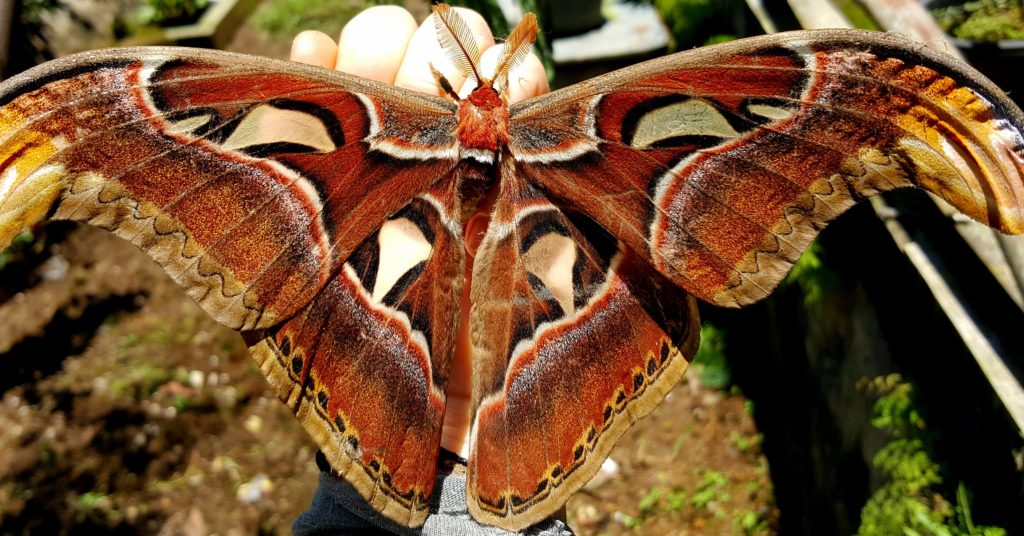
Spiders
Finally, there are Spiders, like mantids can be deadly predators, evolving to build elaborate webs to catch smaller flying insects. Spiders originally used their silk as protective coverings for their eggs but as plant life and insect life diversified so did the use of the silk. Ground hunting spiders are more primitive compared to web building spiders, using their silk mainly for protective coverings for eggs or simple trapdoor contraption. As plant life and insect life diversified so did spiders. As the insects took to the air the spiders also went up. By the Jurassic, the sophisticated aerial webs of the orb-weaver spiders had already developed to take advantage of the rapidly diversifying groups of insects.
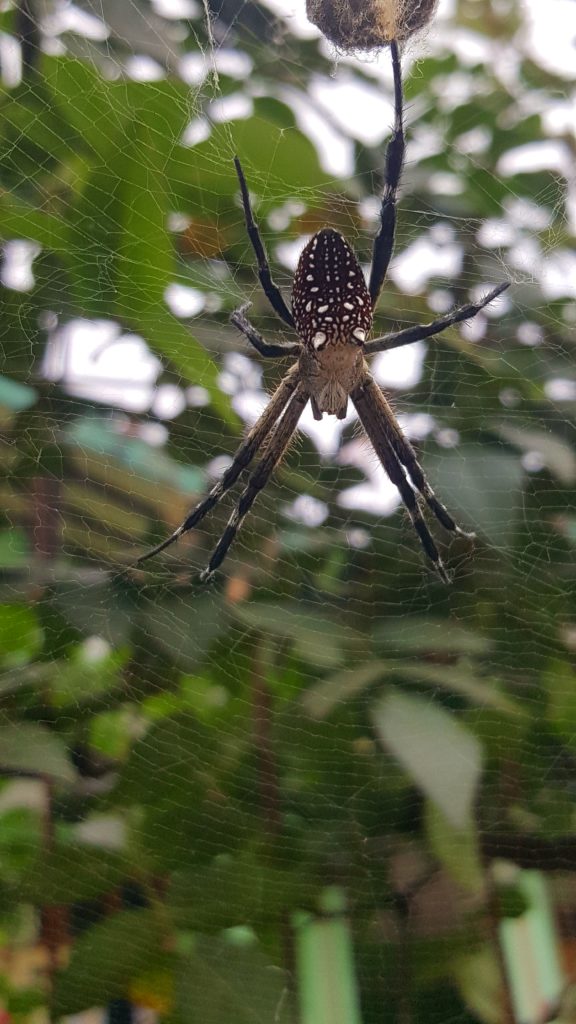
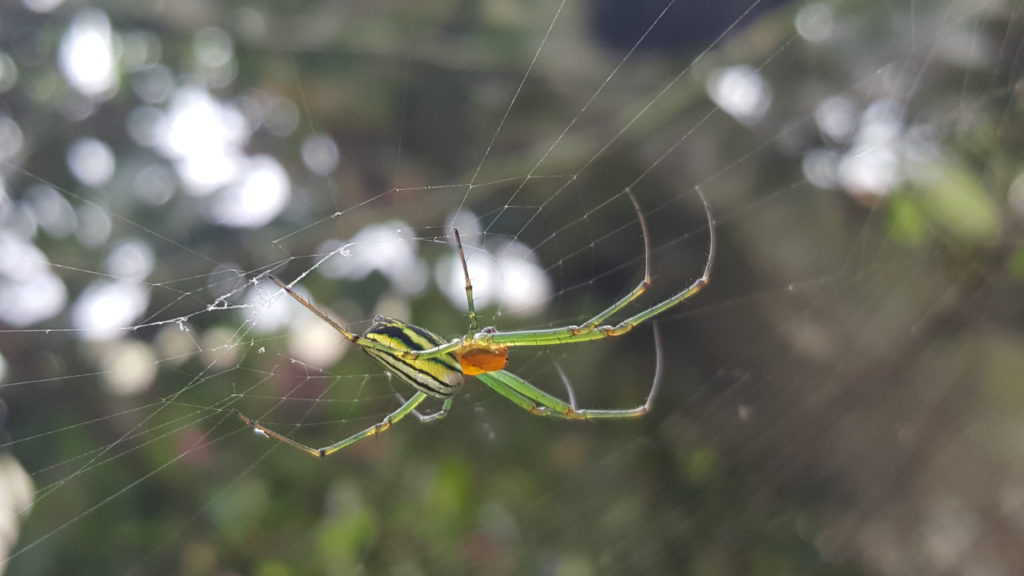
I am fascinated by these small creatures which can easily be forgotten and overlooked as they have complex behaviours which can seem alien and they provide vital roles in the ecosystem.
The ecosystem needs to function by remaining in an equilibrium, with habitat destruction we are losing not only the large mammals and birds but also the small life that we cannot see and the ecosystem is thrown into imbalance and will cease to exist. Currently we over exploit the planet and it is unsustainable and we have to live in harmony with the flora and fauna to continue to exist as a whole.

